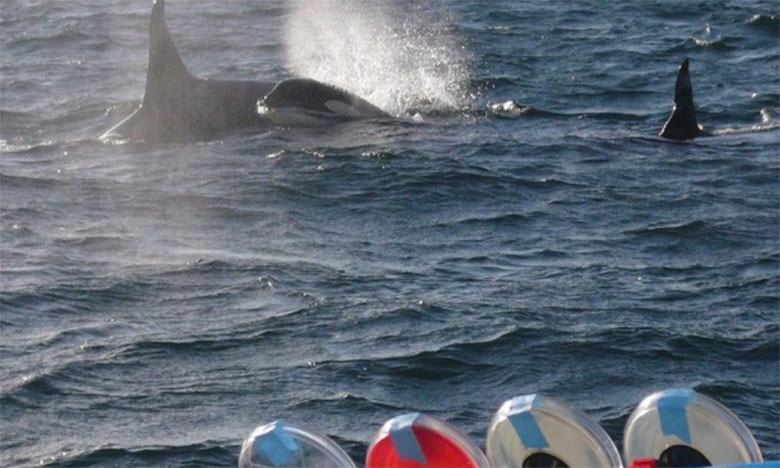Researchers are hoping the exhaled breath of killer whales living off the coast of British Columbia can provide some insight into the endangered animals' health.
Post-mortem examinations of southern resident killer whales have found that a number of the animals had signs of pneumonia and scientists wanted to find out what organisms might be responsible, said Stephen Raverty, an adjunct professor at the University of British Columbia.
Dwindling numbers
The orcas that live and travel through the Salish Sea have been studied for more than four decades, but the group's numbers have fallen in recent years.
They were listed as endangered in 2005 and the Washington state-based Center for Whale Research said there were 78 southern resident killer whales left as of December 2016.
Researchers believe the animals are "inadvertently being exposed to potential disease agents" in the surface water, Raverty said.
He and others set out to capture some of the air and droplets expelled when the whales exhale through their blowholes, using an 18 foot long pole with petri dishes attached.
"This is essentially a non-invasive technique where we can get a glimpse into the overall health of these whales," Raverty said.
The researchers found a variety of bacteria and fungi in the samples, including some that are thought to have caused respiratory diseases in whales and other cetaceans.
Other organisms captured are also found in diseases in animals and humans on land, Raverty said, noting that it's not clear how the pathogens got into the whales' environment.

